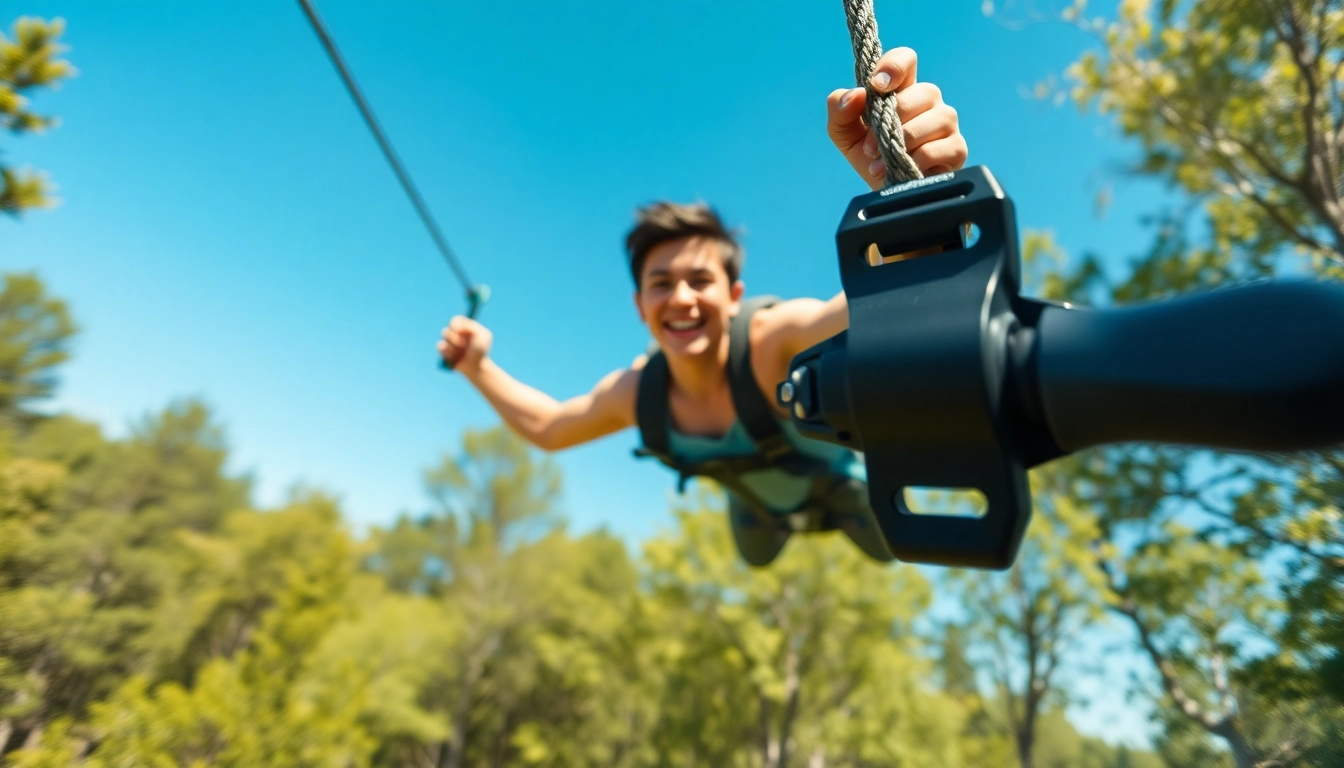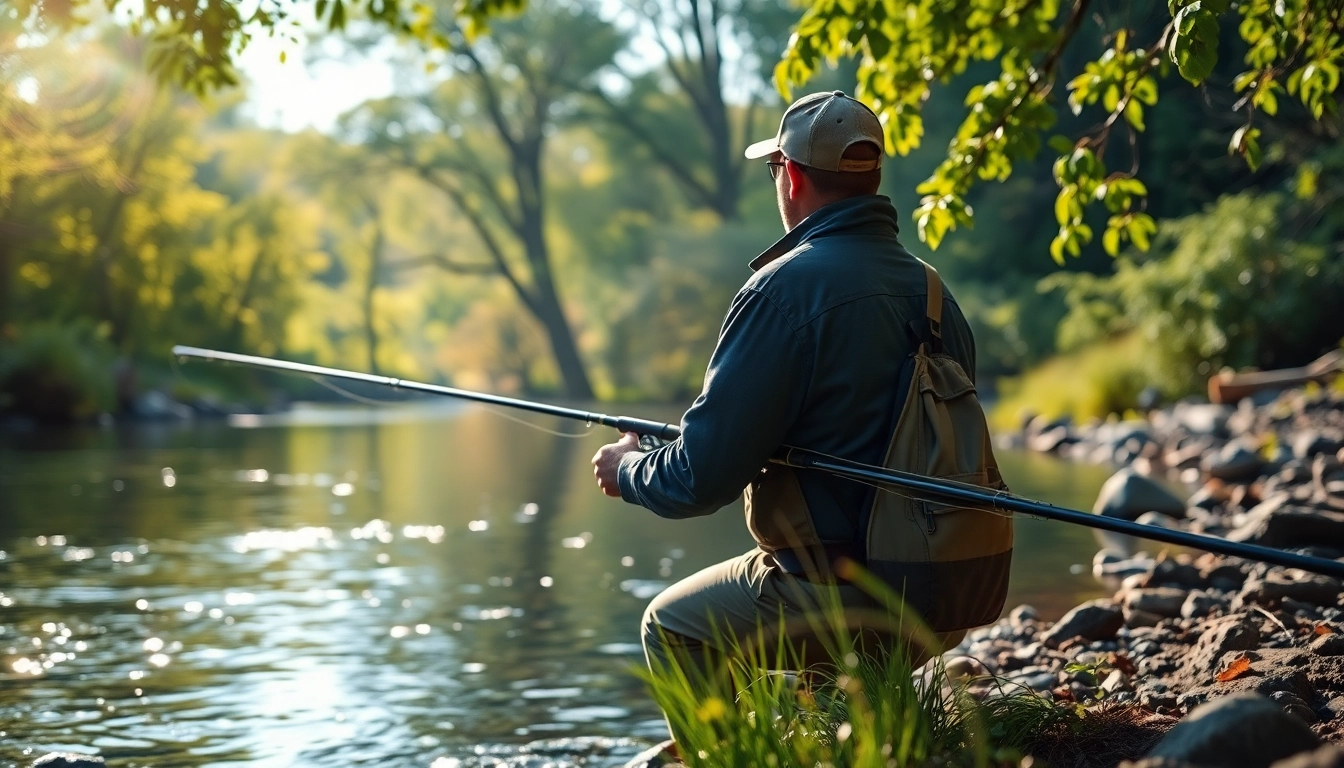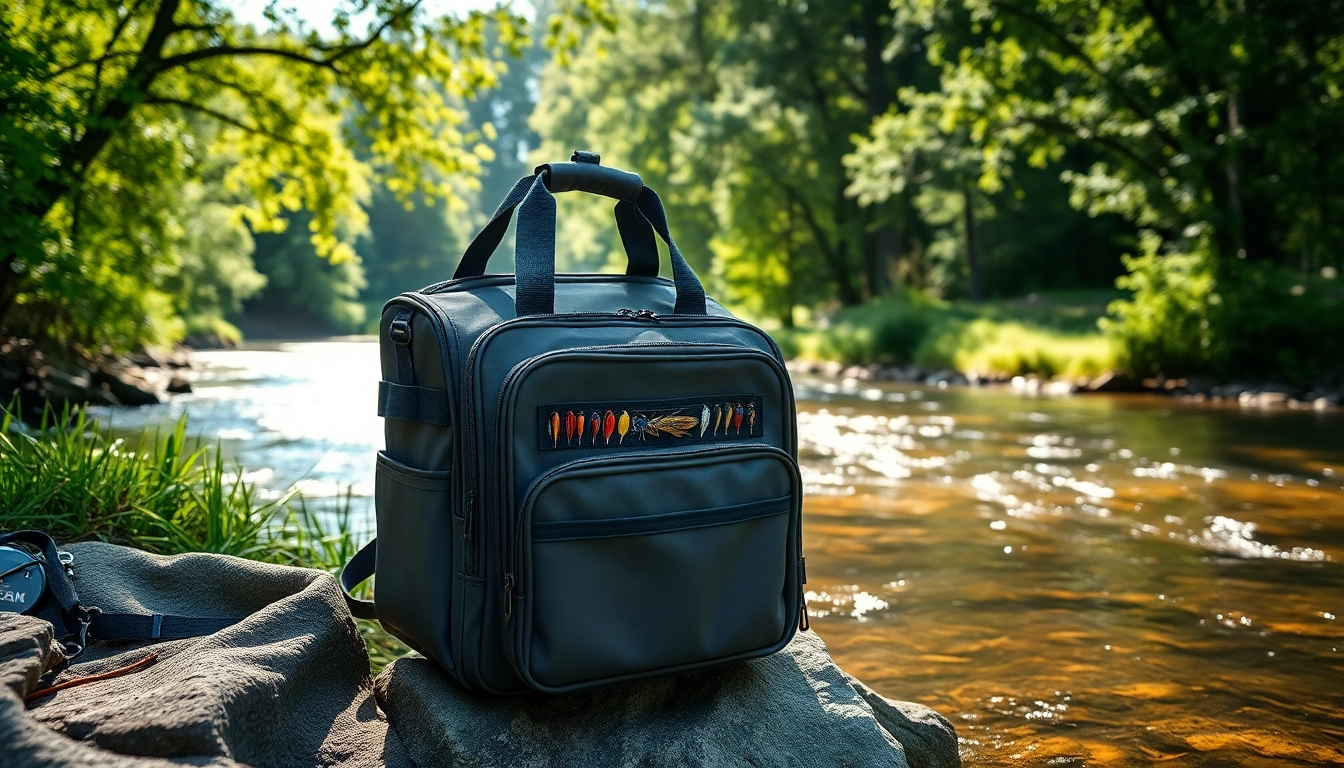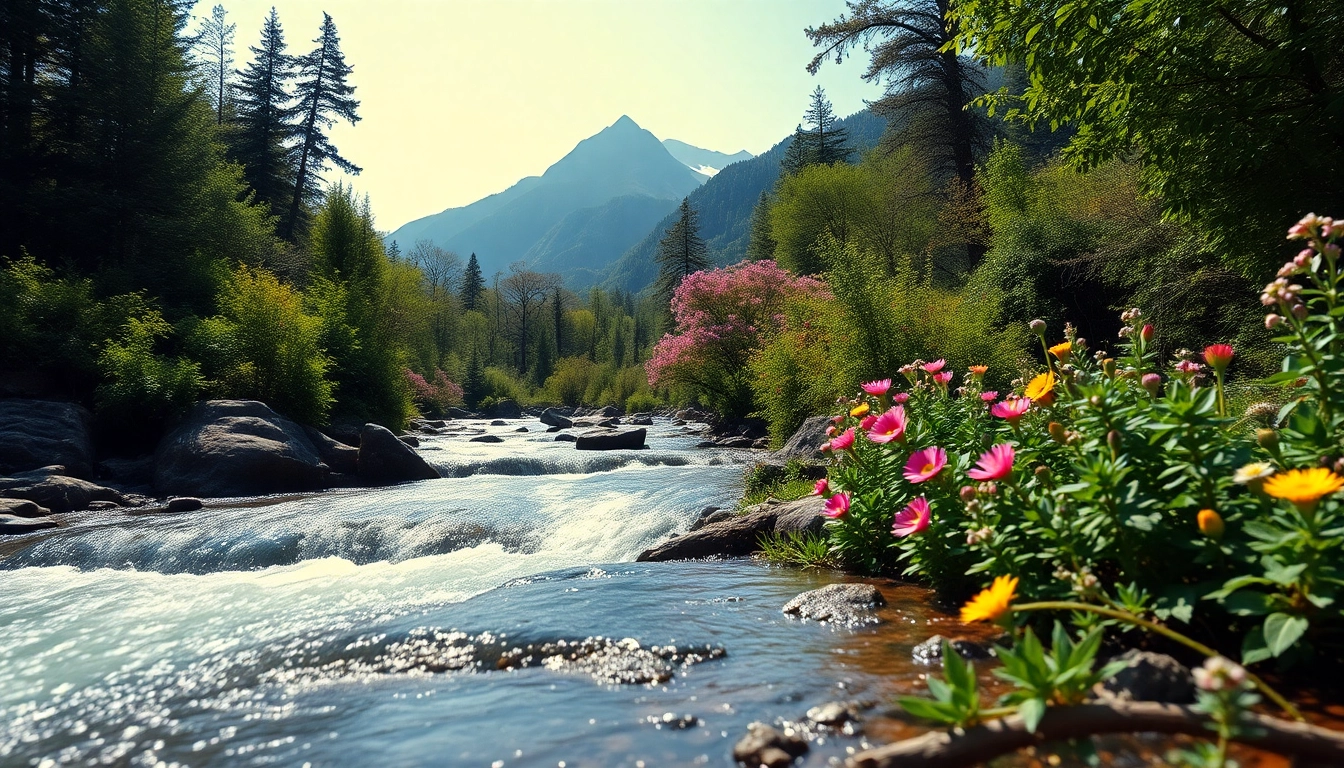Mastering the Art of Turtle Snorkel: Techniques and Tips for Unforgettable Underwater Adventures
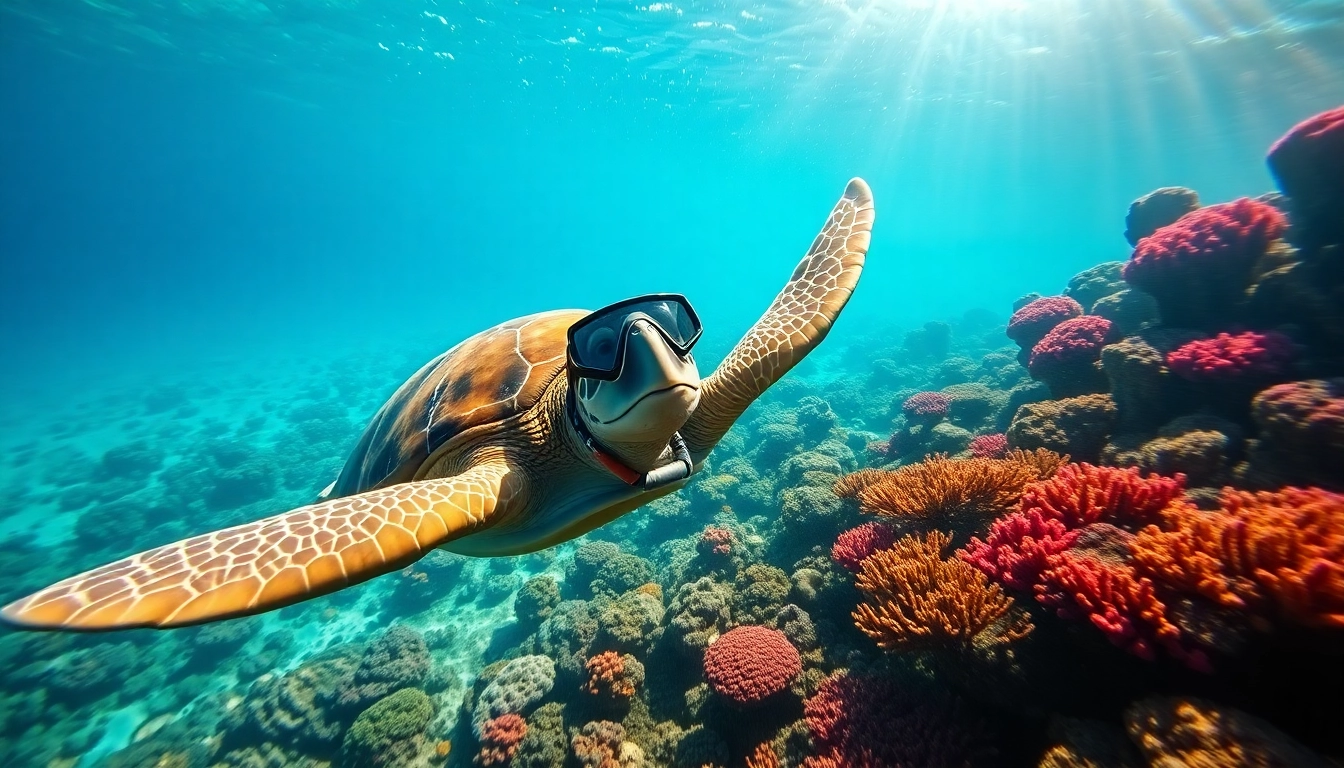
Understanding Turtle Snorkel Basics
Snorkeling with turtles is an unforgettable experience that immerses you in the vibrant underwater world. Whether you’re a seasoned snorkeler or a beginner, understanding the intricacies of a turtle snorkel is essential for enjoying your exploration. A turtle snorkel allows you to interact with marine life while comfortably observing the myriad of creatures beneath the ocean’s surface. This guide will provide comprehensive insights into turtle snorkeling, from the basics to advanced skills, ensuring your underwater adventures are both enjoyable and safe.
What is Turtle Snorkel?
Turtle snorkeling refers to the practice of observing sea turtles and the surrounding marine ecosystem while snorkeling. Sea turtles inhabit many coastal waters around the world, and encountering these majestic creatures adds a unique dimension to your snorkeling experience. Utilizing specialized gear that enhances visibility and comfort, the turtle snorkel allows you to stay underwater for extended periods, making it easier to observe and appreciate these remarkable animals in their natural habitat.
Benefits of Turtle Snorkel
Engaging in turtle snorkeling offers numerous benefits:
- Connect with Nature: Observing sea turtles in their natural environment fosters a deeper connection with marine ecosystems.
- Physical Fitness: Snorkeling is an active activity that promotes physical health through swimming and exploring.
- Mental Wellness: Being in the water and connecting with nature has been shown to reduce stress and enhance mental clarity.
- Educational Opportunities: Turtle snorkeling encourages learning about marine biology, conservation, and the importance of protecting ocean habitats.
Choosing the Right Gear for Turtle Snorkel
Selecting appropriate gear is crucial for a successful turtle snorkeling adventure. Here are some essentials to consider:
- Snorkel Mask: Ensure a good fit to prevent water leakage. A wide field of vision is beneficial for spotting turtles.
- Snorkel: Choose a snorkel with a comfortable mouthpiece and a splash guard to keep water out while allowing easy breathing.
- Fins: Comfortable and well-fitted fins enhance propulsion and help minimize fatigue during your swim.
- Wetsuit: Depending on water temperature, a wetsuit can provide thermal insulation and protection from marine life.
- Buoyancy Vest: A snorkel vest can provide added flotation, especially for beginners who may be more comfortable with additional support.
Essential Techniques for Effective Turtle Snorkel
Breathing Techniques while Using a Turtle Snorkel
Proper breathing techniques are essential for effective snorkeling. Here are some tips:
- Inhale Slowly: Take slow, deep breaths through your mouth. This not only maximizes your oxygen intake but also calms any feelings of anxiety.
- Exhale Calmly: Exhale slowly and steadily to maintain a relaxed state, allowing you to conserve energy while exploring.
- Learn to Clear Your Snorkel: If water enters your snorkel, learn how to clear it by exhaling sharply while facing down in the water.
Finning Styles for Turtle Snorkel
Different finning styles can improve your efficiency and comfort while snorkeling:
- Flutter Kick: A common kicking style, using a straight leg motion allows for sustained movement and minimal energy expenditure.
- Frog Kick: This technique involves bending the knees and sweeping the legs outwards, perfect for precise maneuvering around delicate environments.
- Scissor Kick: Combined with upward movements, this technique can help stabilize you in the water while reducing fatigue.
Safety Tips for First-Time Turtle Snorkelers
Safety should always be a priority, especially for novice snorkelers. Here are critical tips to follow:
- Buddy System: Never snorkel alone; find a partner to ensure safety and assistance if needed.
- Check Conditions: Before entering the water, check weather conditions and sea currents. Strong currents can pose dangers.
- Know Your Limits: Understand your comfort level in the water and do not push beyond it, particularly in unfamiliar environments.
- Stay Aware of Surroundings: Be observant of other snorkelers, marine life, and potential hazards such as boats or sharp reefs.
- Respect Marine Life: Maintain a safe distance from turtles and other wildlife to avoid disturbing their natural behavior.
Environmental Awareness with Turtle Snorkel
Recognizing Marine Life while Turtle Snorkeling
Understanding the marine life you may encounter enhances your snorkeling experience. Here’s what to look out for:
- Sea Turtles: Different species of turtles, including the green, hawksbill, and loggerhead, inhabit various regions. Learning their distinguishing features can enhance your encounters.
- Coral Reefs: Recognizing different types of coral is crucial, as these habitats are vital for many marine species.
- Fish Species: A variety of fish species coexist with turtles, providing amazing opportunities for observation and appreciation.
Protecting Coral Reefs during Turtle Snorkel
Coral reefs are essential ecosystems that require protection. Here are steps you can take:
- Avoid Touching Corals: Corals can be easily damaged. Always maintain a safe distance when swimming over them.
- Choose Eco-Friendly Sunscreens: Many sunscreens contain chemicals harmful to marine life. Opt for reef-safe options to minimize your impact.
- Stay on Designated Trails: Stick to established paths to prevent damaging sensitive marine environments.
Best Practices for Eco-Friendly Turtle Snorkel
Practicing eco-friendly snorkeling techniques is essential for preserving marine ecosystems:
- Participate in Clean-Up Initiatives: Join or organize beach clean-ups to remove debris that could harm marine life.
- Practice Minimal Impact Snorkeling: Avoid kicking up sediment, which can smother corals and disrupt marine habitats.
- Educate Others: Share your knowledge about marine conservation and eco-friendly practices with fellow snorkelers.
Best Locations for Turtle Snorkel Adventures
Top Destinations for Turtle Snorkel Experiences
For an unforgettable turtle snorkeling experience, consider venturing to these remarkable destinations:
- Haleakalā National Park, Hawaii: Known for its diverse array of marine life, this location provides numerous snorkeling opportunities with tropical fish and sea turtles.
- Great Barrier Reef, Australia: One of the world’s most renowned marine environments, the Great Barrier Reef is home to extensive coral formations and a rich variety of sea life.
- Turks and Caicos: The crystal-clear waters and thriving coral reefs here support abundant turtle populations and vibrant underwater scenes.
Seasonal Considerations for Turtle Snorkeling
Understanding seasonal patterns is vital for optimal turtle experiences. Different times of the year may offer unique opportunities:
- Migration Patterns: Many sea turtles migrate seasonally. Research the best times to visit based on turtle activity and spawning seasons.
- Climate Conditions: Weather and water temperature can influence marine life visibility and comfort in the water.
Access and Amenities at Popular Turtle Snorkel Sites
Before embarking on your adventure, consider the access and amenities provided at your selected snorkeling location:
- Accessibility: Determine whether the site requires a boat, long walk, or can be reached directly from the shore.
- Facilities: Look for restrooms, showers, and equipment rental options to enhance your overall experience.
Advanced Turtle Snorkel Skills to Enhance Your Experience
Underwater Navigation for Turtle Snorkeling
Mastering navigation skills can profoundly improve your turtle snorkeling experience. Here are strategies to consider:
- Practice Surface Navigation: Before diving, familiarize yourself with landmarks or floating buoys on the surface to aid in your navigation.
- Recognize Natural References: Features like coral formations or distinct underwater landscapes can serve as guides for navigation.
- Use your Finning Style: Maximize your efficiency and speed while maintaining awareness of your navigational reference points.
Photography Tips while Using a Turtle Snorkel
Capturing the magic of your turtle encounters can be rewarding. Here are some photographic tips:
- Use an Underwater Camera: Invest in a waterproof camera with a wide-angle lens to capture the entire underwater scene.
- Maintain Stability: Use buoyancy to your advantage, staying still or moving slowly to reduce blurriness caused by water movement.
- Respect Your Subject: Always maintain a safe distance from turtles and other sea life to avoid disturbing their natural behavior.
Combining Turtle Snorkel with Other Water Activities
To maximize your time in the water, consider integrating other water activities with your snorkeling experience:
- Kayaking: Combine kayaking with snorkeling to explore more extensive areas while having the flexibility to pause and snorkel in key spots.
- Paddleboarding: Stand-up paddleboarding allows you to enjoy the surface as well as the ability to jump off for a snorkeling session when you spot a turtle.
- Scuba Diving: For those looking to delve deeper into the underwater world, pairing scuba diving with snorkeling provides a comprehensive view of marine habitats.
